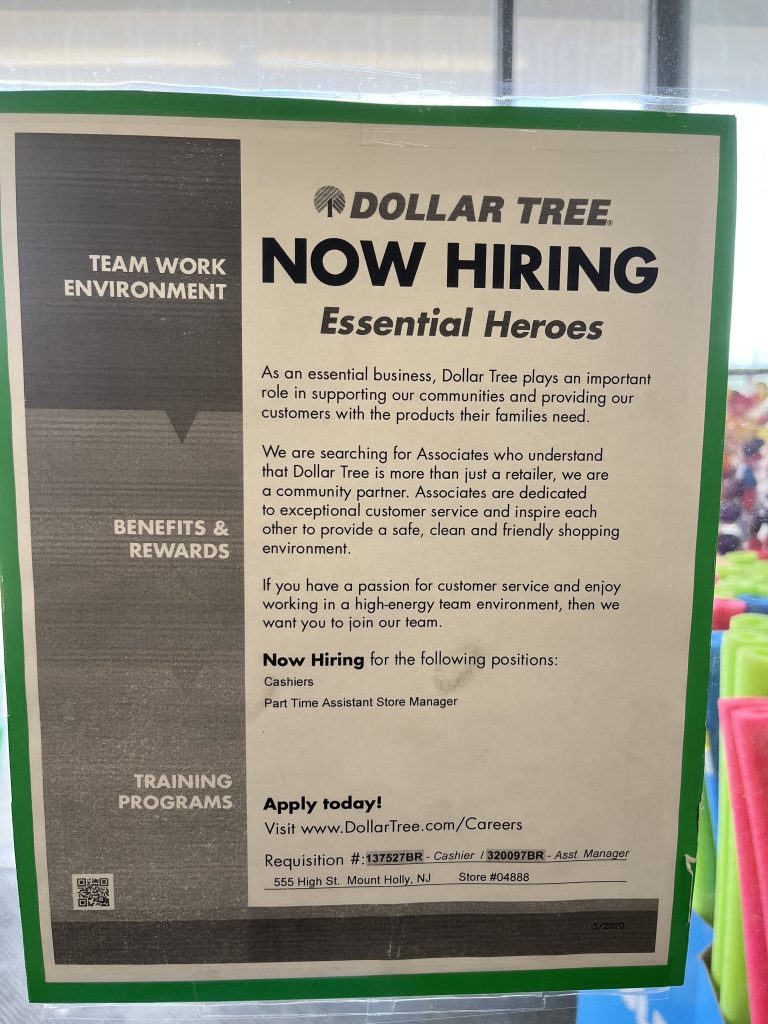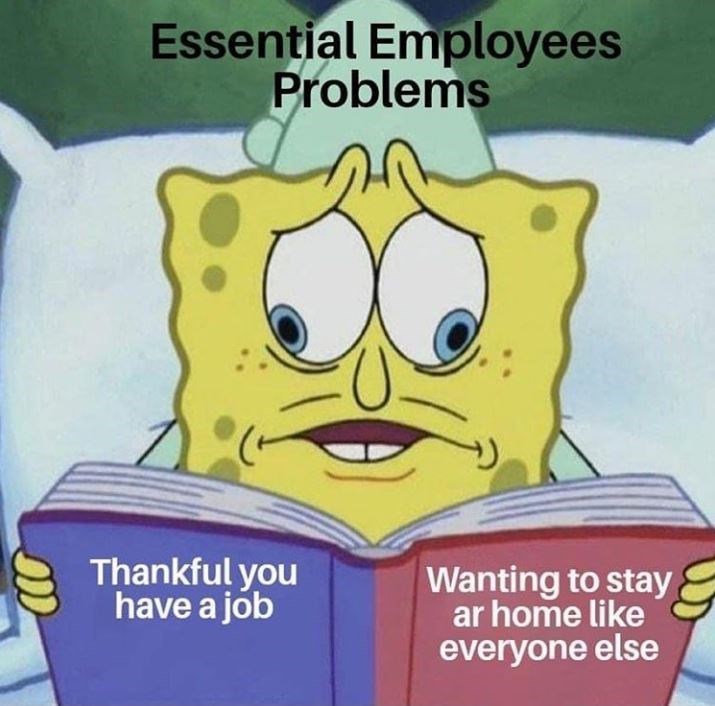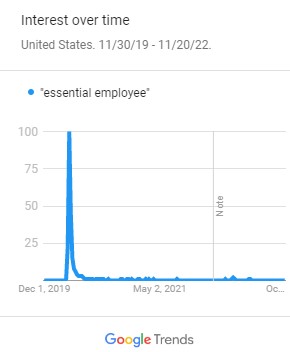Essential employees or essential workers are those who provide vital services such as nurses, doctors, police and firefighters to name a few professions. At the height of the pandemic, when lockdown restrictions were in effect, the pool of essential workers expanded to include grocery workers, transportation workers and teachers.
The Centers for Disease Control defines essential workers as “as those who conduct a range of operations and services in industries that are essential to ensure the continuity of critical functions in the United States (U.S.)” (CDC).
When lockdown restrictions were in effect, states had to balance protecting the public while keeping the critical parts of their economy open. Millions of office workers deemed “non essential employees” could work remotely while those who worked in vital industries such as health care, policing and teaching still had to show up to work although a majority of schools instituted virtual learning.
Some states had a confusing patchwork of overlapping categories of what was considered essential. The National Conference of State Legislatures pointed out that:
States have added and subtracted essential worker categories and sectors based on what makes the most sense for them. For example, in some states workers supporting religious organizations and churches are considered essential, while in some others workers who support the cannabis industry receive the essential designation. Between the federal guidelines and state essential worker orders, a number of major sectors overlap including, but not limited to energy, child care, water and wastewater, agriculture and food production, critical retail (i.e. grocery stores, hardware stores, mechanics), critical trades (construction workers, electricians, plumbers, etc.) and transportation.
NCSL

An article published for the Daily Iowan on July 28, 2020 said that custodians and janitorial workers were to be considered essential employees because work calls for them to maintain high standards of cleanliness and sanitation. It quotes Kelly Baker, a faculty member of the University of Iowa College of Public Health, who said “[these workers are] already practicing a lot of the behaviors that we would ask them to implement to protect them from infection, so for example the wearing of gloves and using disinfectant products to clean surfaces and wearing masks and maintaining as much distance and separation from raw biological fluids as possible” (Hartel).
In 2020 the French-American musician Mark Rebillet uploaded a tribute song for essential workers to YouTube called the “Essential Workers Anthem.” It has received almost 2 million views.
Although the pandemic is behind us, we will always remember the sacrifice that essential workers made, risking their lives to provide us with the things we need from healthcare to food and we are forever grateful to them.

Social Media Trends as of November 20, 2022
Facebook #essentialemployee: 20,000 people are posting about this
Instagram #essentialemployee: 33,701 posts
TikTok #essentialemployee: 171,800,000 views
YouTube #essentialemployee: less than 100 videos and channels
Google Trends: “essential employee” first appeared during the week of March 15, 2020 and spiked a week later. No doubt individuals were searching Google to see if their jobs were considered essential or non-essential.

Sources:
“COVID-19: Essential Workers in the States.” National Conference of State Legislatures. January 11, 2021. URL: https://www.ncsl.org/research/labor-and-employment/covid-19-essential-workers-in-the-states.aspx#:~:text=All%20workers%20who%20are%20part,Infrastructure%20Security%20Agency%20(CISA).
Hartel, Mary. “Janitors and Custodians remain essential workers during COVID-19 pandemic.” Daily Iowan. July 28, 2020. URL: https://dailyiowan.com/2020/07/28/janitors-and-custodians-remain-essential-workers-during-covid-19/.
“Interim List of Categories of Essential Workers Mapped to Standardized Industry Codes and Titles.” Centers for Disease Control and Prevention. URL: https://www.cdc.gov/vaccines/covid-19/categories-essential-workers.html.
reeceecup527. “Essential Employees Problems” meme. Instagram. March 30, 2020. URL https://www.instagram.com/p/B-YL5bGJGsT/.
Rebillet, Mark. “ESSENTIAL WORKERS ANTHEM.” YouTube. 2020. URL: https://www.youtube.com/watch?v=GnDcD7rtaV4.